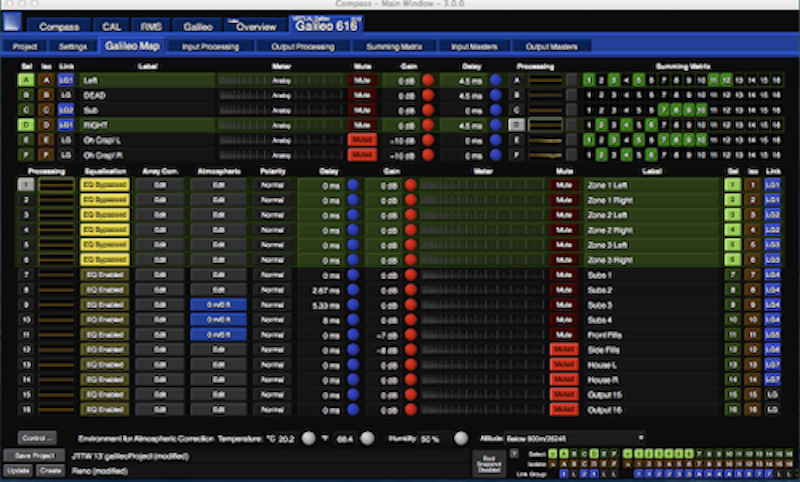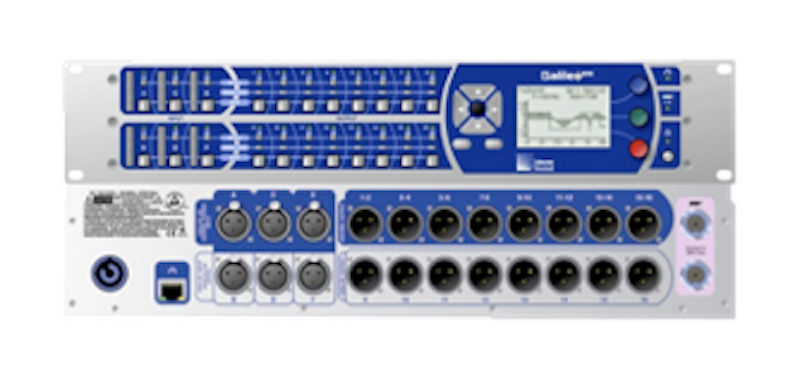In the previous lesson we explored different connectors and wire types. We also learned the best type of wire for many given uses. Hopefully, you took away from the discussion that audio cabling requires several different wire types and connectors. Now let’s concentrate more on the interconnections between different pieces of gear: basically how a sound system goes together.
What am I supposed to do with all of this stuff?
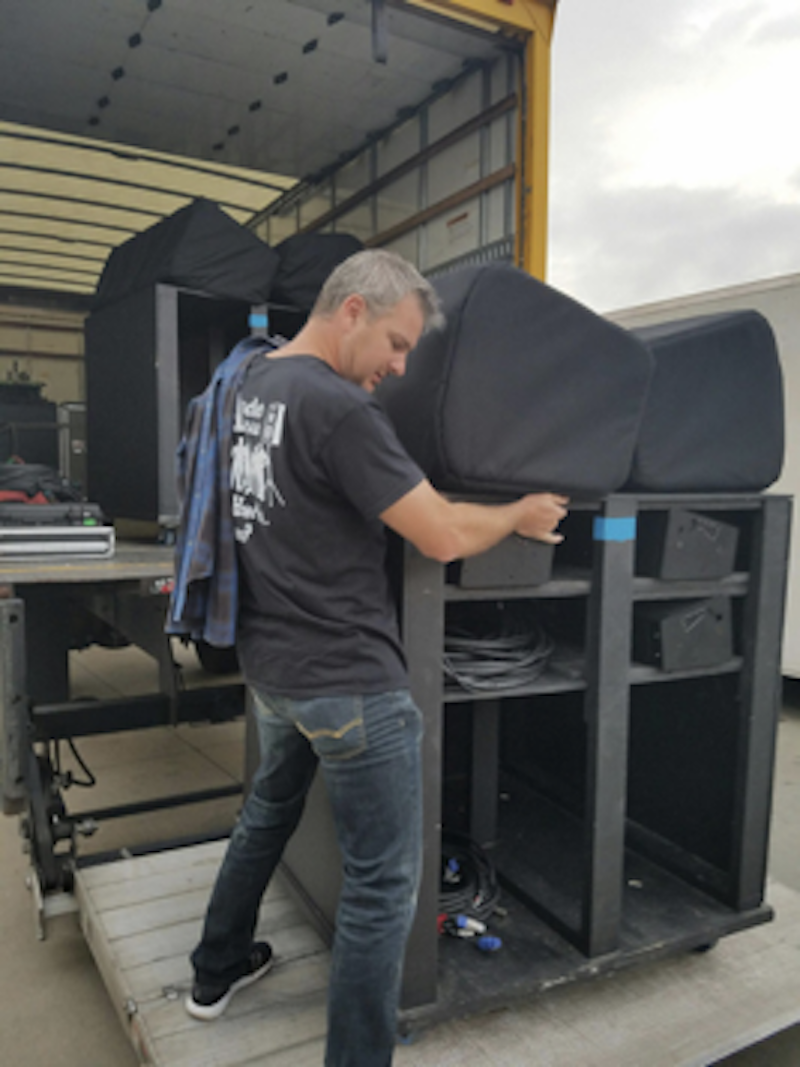
The truck just backed up to the loading dock of the school auditorium where you will be setting up for your first practice service. The door opens and there “it” is, but what is “it” and what do I do with it? Rows of speakers, racks of equipment, trunks full of cables, not to mention gizmos and gadgets that you have no idea what they are or what they do. Somehow all this stuff is supposed to go together and become a sound system. “Oh man, what have I gotten myself into?!” Well, in this lesson we will attempt to make some sense of all of this.
¶ Front-of-House (FOH) Consoles
¶ Analog FOH Consoles
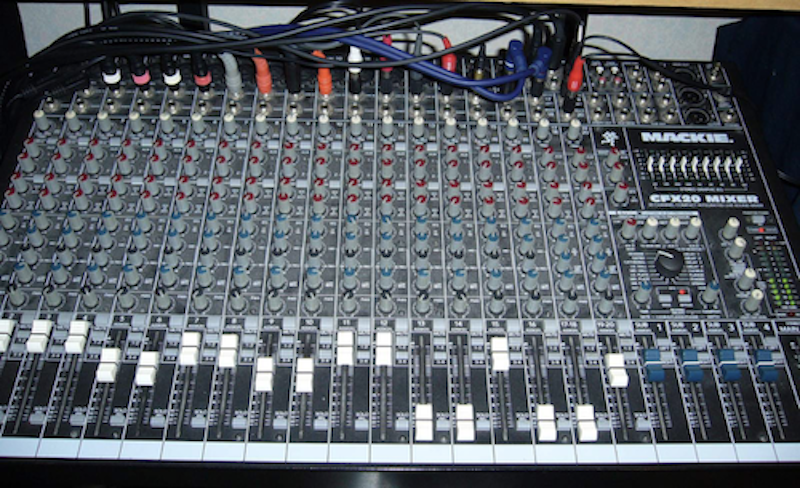
In this picture we see a simple analog audio console with multiple "copper" wire connections.
¶ Digital Snake and FOH Console
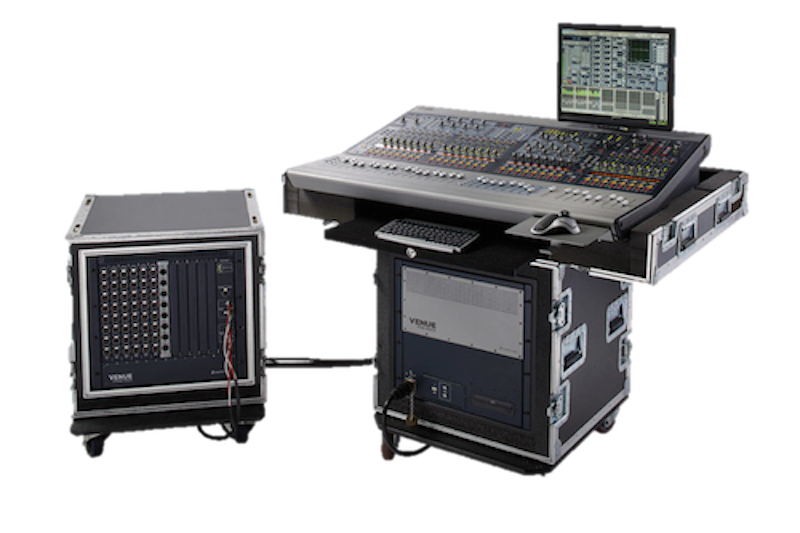
In this picture are the components associated with an AVID Venue digital console.
- Control Surface
- Front-of-House (FOH) Rack
- Stage Rack
- Digital Snake
Here we get into digital connections and digital protocols.
¶ Stage Monitoring
¶ Stage Monitors - Wedges
Hopefully this does not apply to you, but if for no other reason other than historical value, lets address stage monitoring with the use of floor wedge systems.
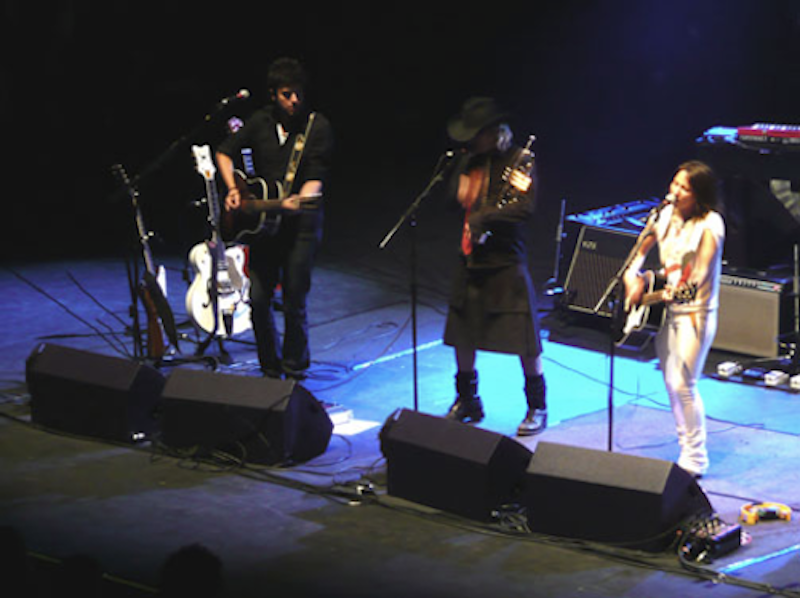
For may years, wedge monitors were the method that musicians monitored their performance on stage. These systems were usually comprised of an on-stage mixer, microphone splitter, processing gear (analog or digital), power amplifiers, and wedge-shaped loudspeakers--commonly located on the floor in front of the performer. Many challenges were endured with this system. Thankfully, in most cases, we now have personal in-ear monitoring systems at our disposal.
¶ In-Ear Monitors (IEM)
Now these small, personal in-ear monitors replace the large, obtrusive (audible and visual), aspects of the previous monitoring system.
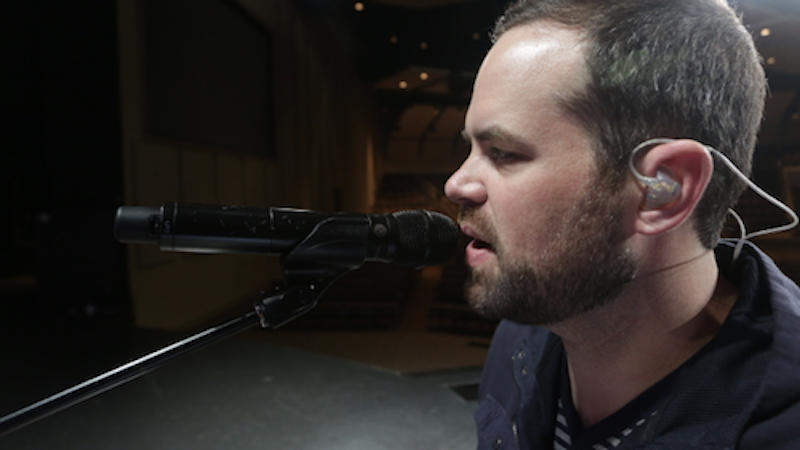
¶ Aviom 360 - IEM Mixer
In many cases, each person on stage now has their own personal mixer to feed their IEMs. This technology utilizes some type of network connection. Aviom utilizes their own proprietary protocol called ANet. ANet utilizes a simple CAT 5 network cable.

¶ Speaker Systems
Most church sound systems started out as single, point-source speaker systems. In the 60s, these speaker systems may have simply been a pair of coulomb speaker systems which were maid up of several 4" paper cone speakers. As technology advanced these speakers may have likely have been replaced by a full range cabinet, likely composed of a bass, or woofer, speaker along with a high-frequency driver, utilizing a simple internal passive crossover network. You would have likely have found both of these speaker solutions either tucked in organ speaker coves or surface mounted on either side of the stage. Again, as technology advanced and church buildings grew larger, the need for better speaker coverage became apparent.
¶ Full Range Speakers
Full range speakers solutions continued to be the norm over the past three decades, with many technological advances. Again, as buildings grew larger and music more complex in houses of worship, the introduction of multiple speakers began to pop up. One of the next big steps was the addition of separate bass speakers or sub woofers. This allowed for truly full range audio reproduction.
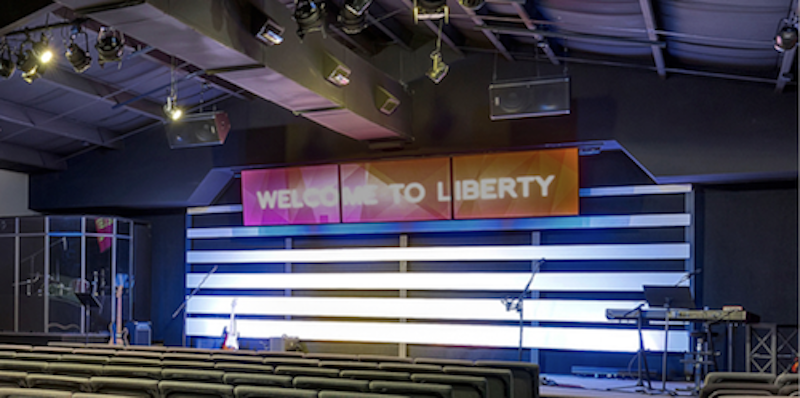
¶ Central Speaker Cluster
One method for utilizing multiple full range speaker cabinets, was the central speaker cluster. This solution was utilized from the late 70's through the turn of the century. The driving concept behind this design, is that the point of origination of the amplified signal was directly in line with the sources on stage, in that our ears detect L and R to a higher degree than a vertical difference. The reproduced sound felt more like it came directly from the sources on stage. Also, given the height, these speakers allowed for more even coverage than afforded by a pair of speakers tucked in an organ cove.
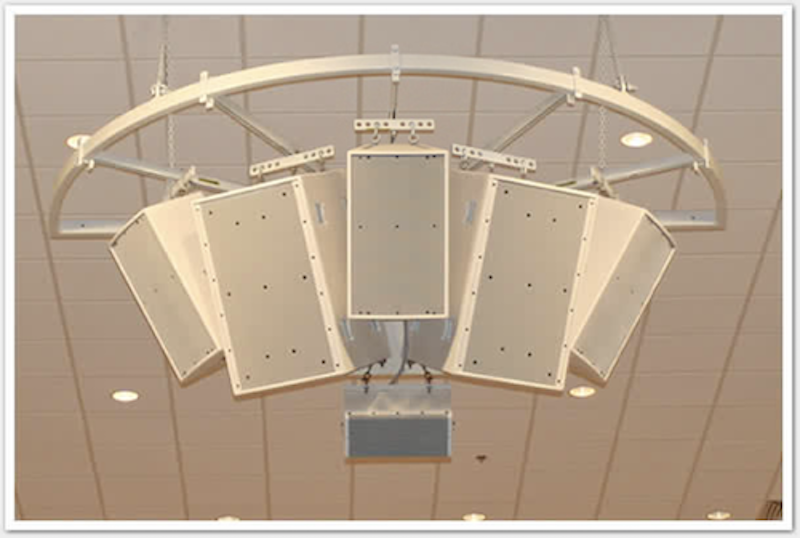
¶ Line Array Speakers
A line array is a loudspeaker system that is made up of a number of usually identical loudspeaker elements mounted in a line and fed in phase, to create a near-line source of sound. The distance between adjacent drivers is close enough that they constructively interfere with each other to send sound waves farther than traditional horn-loaded loudspeakers, and with a more evenly distributed sound output pattern. (Wikipedia)
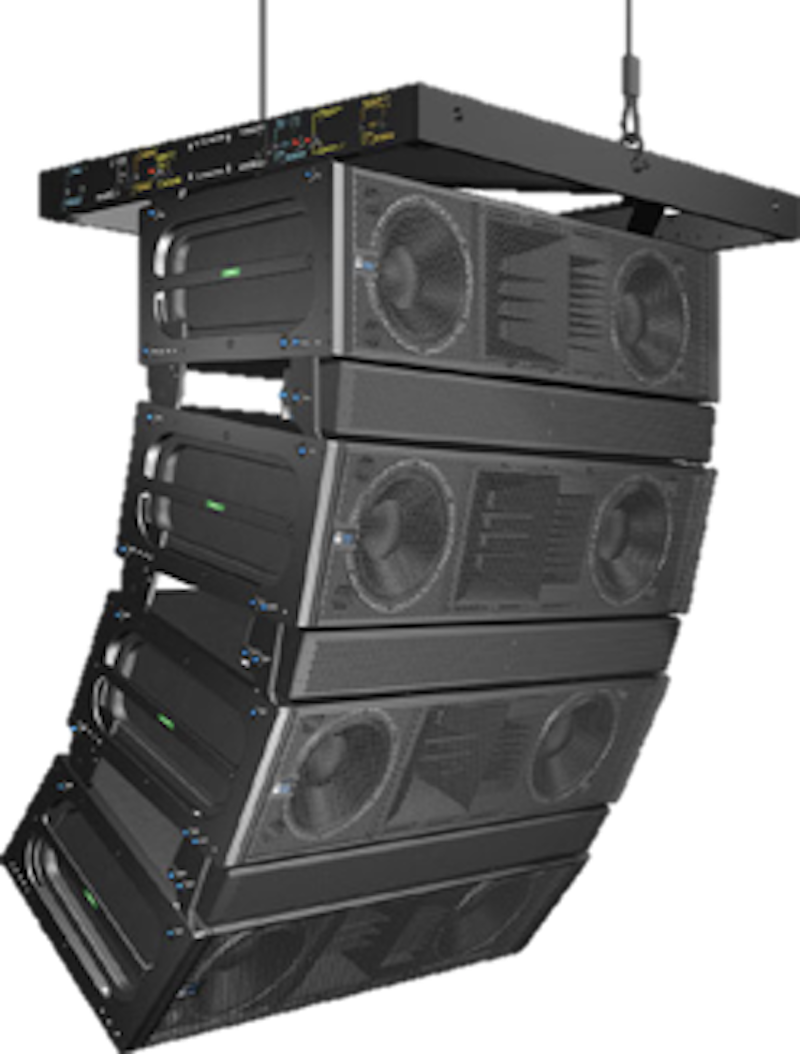
The last two decades have brought along advancements in line array technology. As described by Wikipedia, this technology allowed for a much more even coverage at greater distances than traditional point-source speaker systems.
¶ Auxiliary Speakers
Small auxiliary speakers are found throughout many houses of worship. These speakers may be ceiling mounted or they may be surface mounted, illustrated by the picture. It is not uncommon to use auxiliary speakers to cover areas such as under balconies, restrooms, and halls where the main speaker system does not reach. If auxiliary speakers are used in areas such as under balconies, they requires time correction to compensate for their distance from the mains speaker clusters. This correction is accomplished within a digital processor.
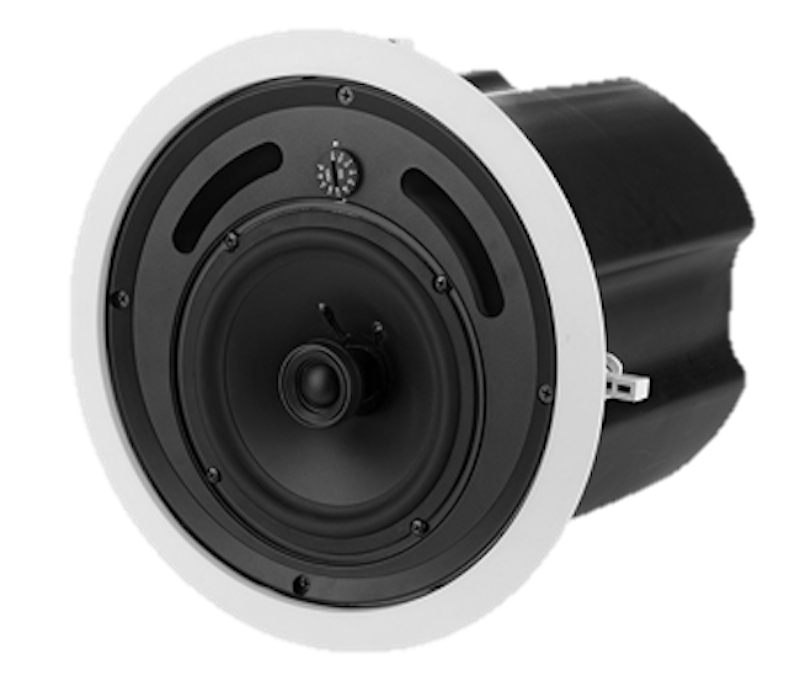
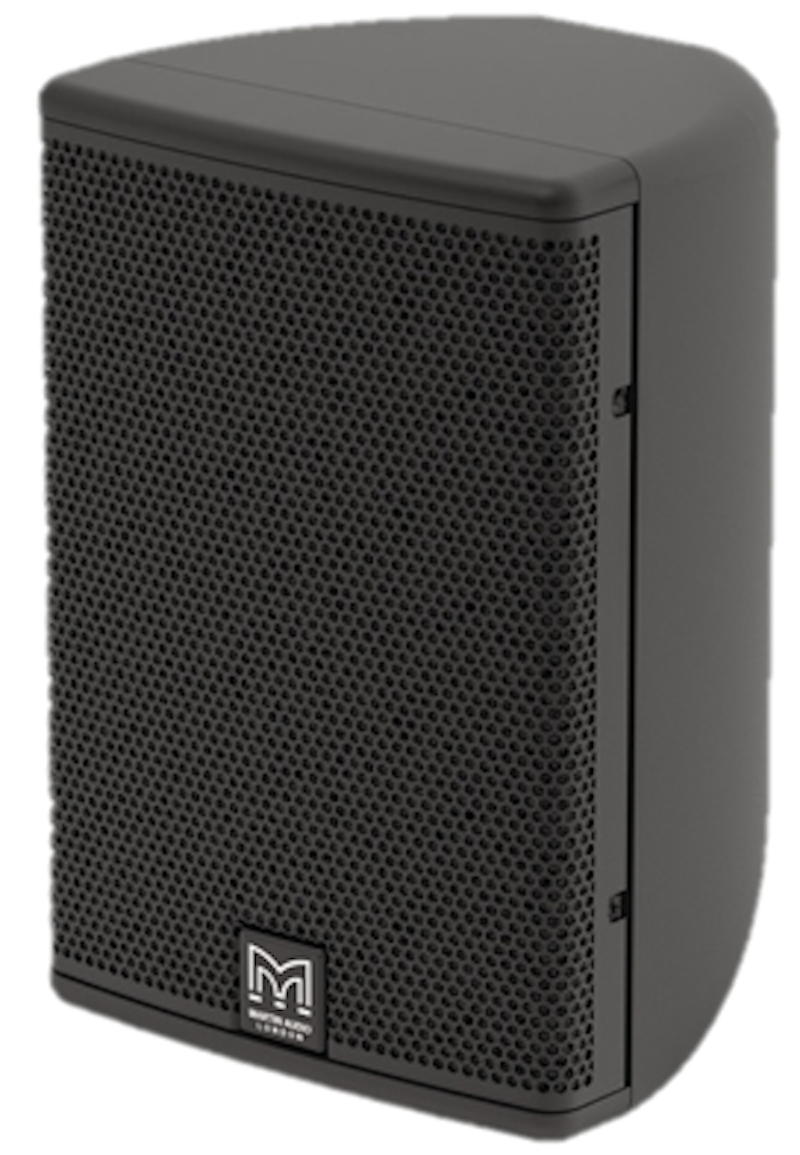
¶ Amplifiers
All speaker systems requires some level of amplification. An amplifier may be an additional piece of equipment, as shown above, or may be incorporated inside the speaker enclosure. We refer these integrated speaker systems as self powered. Usually, in the case of an integrated speaker system, you will find that some level of digital processing is part of this integration. Many stand alone amplifiers, also incorporate digital processing.
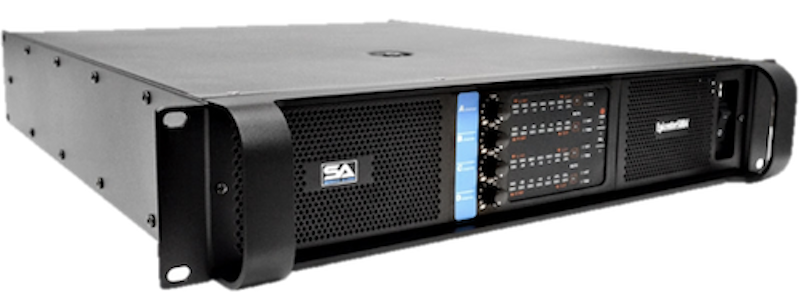
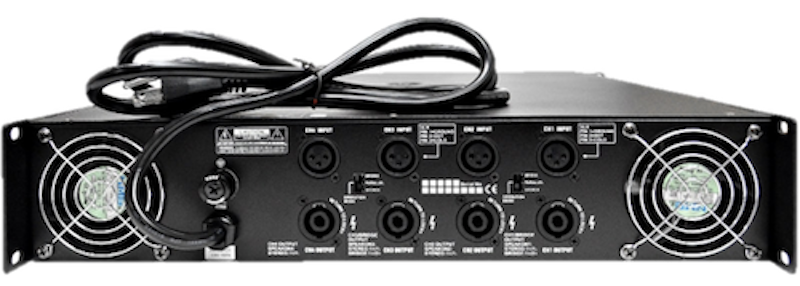
¶ Processing
¶ Analog
The need to adapt speaker systems to their environments has been a challenge throughout the years. In the early years, there may have simply been a bass and treble control integrated into the power amplifier. However, as technology advanced, we were able to utilize tools, many of which were developed in recording studios. Some of the first multiband equalizers were utilized in sound systems in an effort to better adapt the speaker system with its environment. As speaker systems grew, it became necessary to utilize crossovers and/or speaker dividing networks. Other processing devices, such as compressors and limiters, were utilized to help protect amplifiers and speaker components.
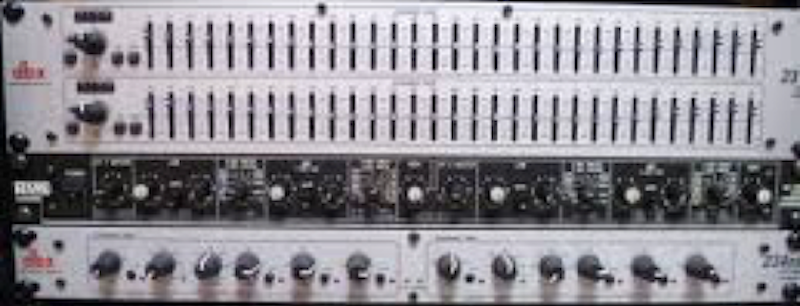
It was not uncommon to find several tall equipment racks full of power amplifiers, equalizers, crossover units, distribution amplifiers, and compressors/limiters in larger venues.
¶ Digital Signal Processor - Galileo
As microprocessor came of age, so did the ability to have large amounts of processing power within a single piece of equipment. Thus was born the age of digital signal processors (DSP). Today, a single piece of rack equipment can replace multiple racks of analogue processing equipment. Not only does this save lots of real estate, but the tools available within these devices far exceed what was available in analogue form.
